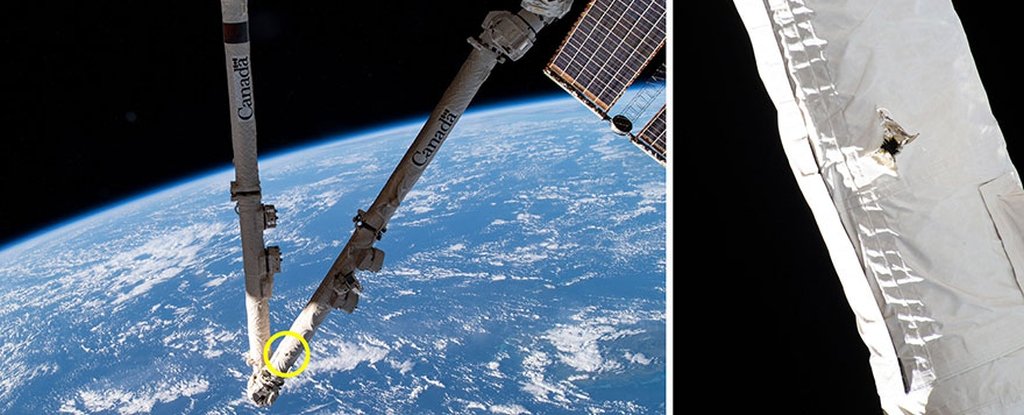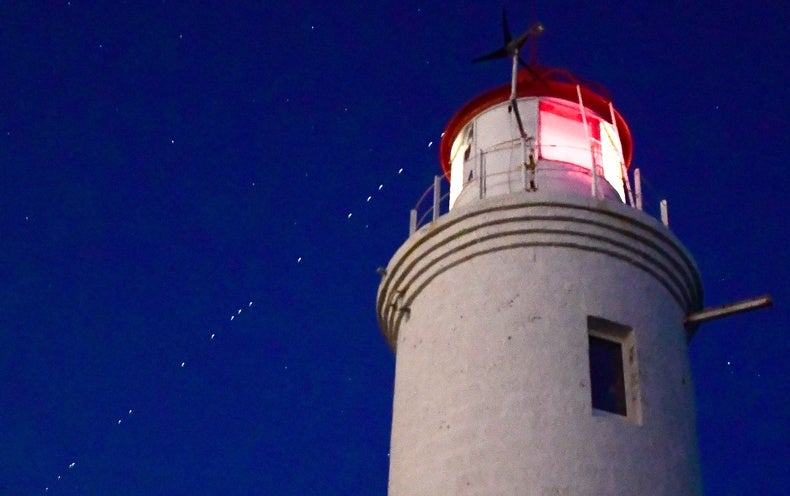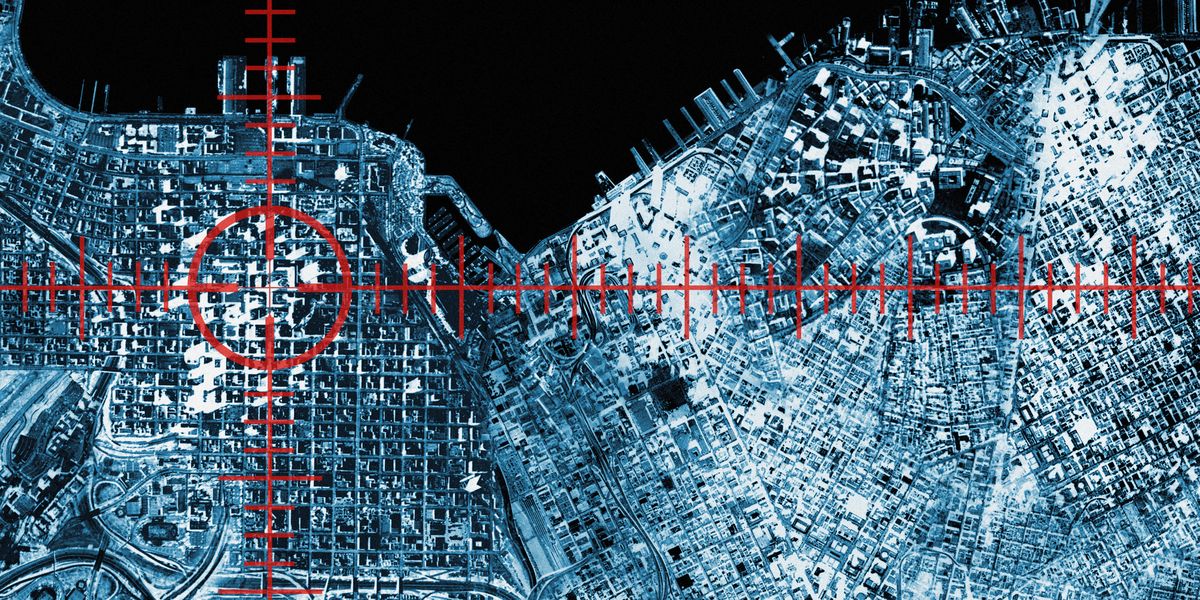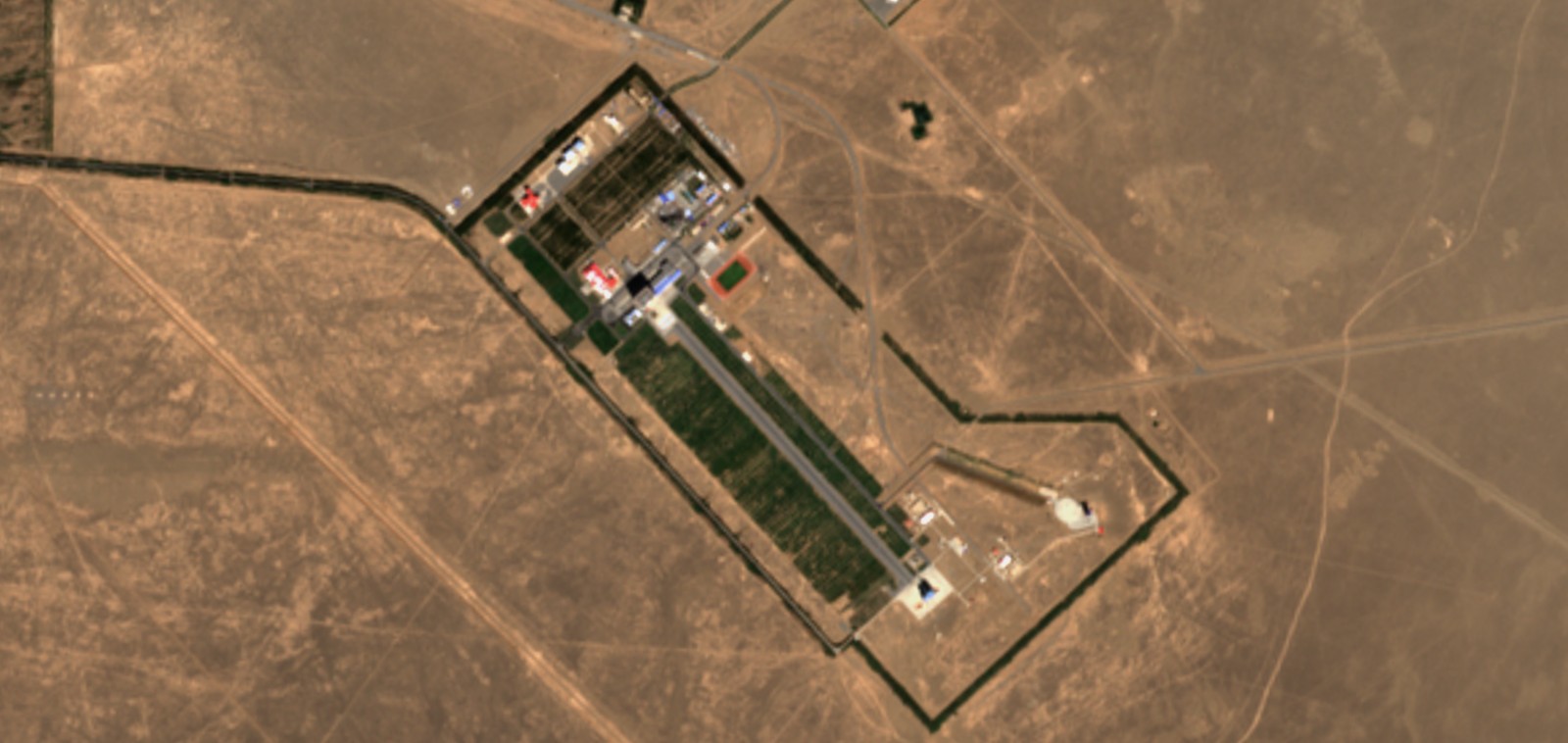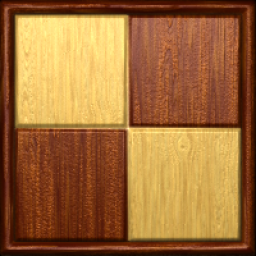
Satellite space junk might wreak havoc on the stratosphere
The trails of 49 Starlink internet satellites, launched on February 3, 2022, slash across the sky in this timelapse photo over an area near Carson National Forest in New Mexico. By just nine days after launch, 38 had already reentered the atmosphere.
The rapid surge in satellite megaconstellations is connecting much of the world to broadband internet. But each year, hundreds of those satellites die, burning up in the atmosphere as they fall. And each year, more and more satellites are being launched to replace them.
The satellites’ fiery death throes, along with a steep rise in the number of rocket launches, are adding a glut of ozone-destroying and climate-altering pollutants to the stratosphere, researchers say. What that means for the planet’s atmospheric chemistry — including its ultraviolet light–shielding ozone layer — isn’t yet clear. But scientists are racing to find out.
“The launches are growing so quickly,” says Daniel Murphy, an atmospheric scientist at the National Oceanographic and Atmospheric Administration’s Chemical Sciences Laboratory in Boulder, Colo. “In the last couple of years, there have been roughly 500 re-entry events per year, and people are talking about 10,000 in the not-too-distant future. That’s about one an hour. So we’d like to understand the implications as soon as possible.”

